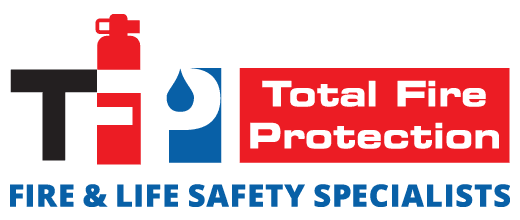 The National Fire Protection Association (NFPA) and the Occupational Safety and Health Administration (OSHA) have certain mandatory fire and safety standards in place to ensure that employers provide a safe working environment for employees. OSHA offers a consultation program for small-business employers that helps them understand the specific standards that apply to their workplace. To further clarify who is responsible for fire safety in the workplace, here’s a helpful breakdown of responsibilities for employers, employees and vendors:
The National Fire Protection Association (NFPA) and the Occupational Safety and Health Administration (OSHA) have certain mandatory fire and safety standards in place to ensure that employers provide a safe working environment for employees. OSHA offers a consultation program for small-business employers that helps them understand the specific standards that apply to their workplace. To further clarify who is responsible for fire safety in the workplace, here’s a helpful breakdown of responsibilities for employers, employees and vendors:
Employer Office Fire Safety Requirements
Have an Emergency Action Plan
The Occupational Safety and Health Administration (OSHA) requires business owners to have a fire safety emergency action plan in place that outlines the actions employees and employers must take in the event of a fire. For businesses that have 10 or fewer employees, a written emergency action plan is not required, although it is highly recommended.
Maintain Fire Protection and Prevention Equipment
Employers are responsible for keeping fire protection equipment in working order. This includes portable fire extinguishers and fire suppression systems, which have to be regularly inspected, maintained and tested. Portable fire extinguishers that have been used once need to be recharged.
Train Employees to Use Fire Safety Equipment
OSHA requires that employers provide employees with training on the proper use of fire safety equipment. Training sessions must be provided to employees at least once per year.
Employee Office Fire Safety Requirements
Be Aware of Safety Procedures
As an employee, it’s important to take the initiative to learn the fire safety procedures that are indicated in the company’s action plan. Know where the exits are and what is expected of you if there is an evacuation. Know where the fire extinguishers and fire pull stations are located. It is also a good idea to participate in fire equipment training sessions your company may offer so you can feel confident to use fire equipment effectively, if there is a need.
Fight or flight – Safety First!
The most important first step you can take is to ensure your safety. If you know how to use a portable fire extinguisher and you are confronted with a small fire you may choose to extinguish the fire to prevent it from growing. If you are leaving the building because you saw a fire, remember to pull the fire alarm as you leave.
Take Part in Office Fire Drills
Fire drills may occur periodically in your office building. It is important that you take these seriously and participate fully. They may be an inconvenience, but they are designed to prepare you to respond as required in the event of a fire emergency.
Vendor Office Fire Safety Requirements
Companies typically hire a certified fire and life safety vendor to manage the NFPA (National Fire Protection Association) and OSHA requirements. The best option is to work with a single source, certified and licensed service provider who has the expertise to provide required products, inspection, maintenance and testing services to keep you code compliant. The requirements, which are mandated by law, are often amended so having a specialized vendor managing this for you relieves you of the burden of keeping up to date with shifting requirements.
A vendor may provide various services that have to do with the installation, inspection, maintenance and testing of fire and life safety equipment, which typically includes:
- Fire extinguishers
- Fire sprinkler systems
- Emergency lighting
- Exit signs and photoluminescent markings
- Fire alarms and carbon monoxide detectors
- Kitchen fire suppression systems
- Fire hose equipment
- Automated External Defibrillators (AEDs) & first aid kits
- Safety signage
Everyone plays an important role in fire safety. Whether you are the employer, employee or the vendor, adhering to the requirements set forth by NFPA and OSHA help to keep everyone safe in the event of an emergency.
Total Fire Protection is a trusted, single source provider for fire and life safety products, inspection, maintenance and testing to leading corporations, healthcare facilities and sports and entertainment venues throughout the New York metro area. Call for information (718) 785-8297.




